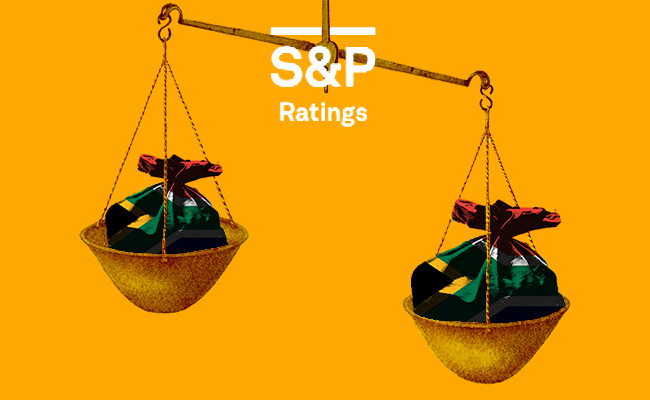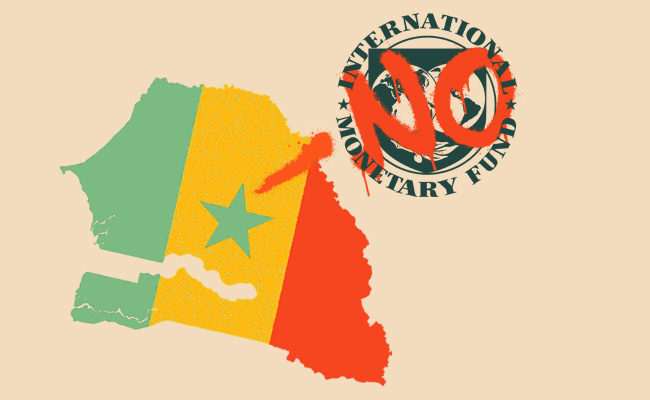With fiscal uncertainty triggered by US President Donald Trump’s “big, beautiful tax bill” disrupting global bond markets recently and the Moody’s downgrade of the US’s credit rating, investor concerns continue to be exacerbated. This comes as the reshaping of global trade and investment flows by geopolitical tensions and expectations of persistently high inflation are increasing the correlation between bond and equity performance, prompting a fundamental rethink among investors looking to diversify their risk amid extreme levels of global uncertainty.
A new global order
Structural shifts in the global economy are creating an investment landscape that is vastly different from the post-World War II era. After the war, the US was the dominant global economy, as Europe, Russia and Japan’s economies had been devastated by war. However, the new world order is marked by a rising challenger in the form of China and several regional powers, ranging from the EU and Russia to emerging giants like Brazil, India and Indonesia.
We are no longer in a world where one economy dominates the global order unchallenged. Power is dispersing across multiple regions, and this fragmentation is influencing how financial markets behave.
With Trump’s tariff policy having a significant impact on the inflation outlook, the implication of higher inflation for investors is that they will need to achieve higher real returns. This also means higher interest rates and differing performance from different asset classes.
Throughout history, to get a real return, you need equities in your portfolio. The question in the current global environment is: which equities? While the US has been outperforming global equity markets for the past 15 years, a shift is now happening that is far less friendly to the US market over the short term and potentially longer term. Yet the US is still trading at very expensive multiples compared to other markets and continues to be priced for perfection
While investors need exposure to equities to achieve real returns, many investors can’t stomach the volatility. Uncertainty drives volatility, and according to the US policy uncertainty index, we are seeing a whole new level of uncertainty, even when compared to the Covid period.
Introducing bonds in a balanced portfolio has historically dampened volatility due to their low correlation with equities. However, while bonds have been seen as the great diversifier over the past 30 years, this is now starting to change, along with the current return prospects for global bonds. Investors experienced a harsh lesson in 2022 when bonds sold off in line with equities, and we now appear to be living through the same dynamic.
If inflation stays elevated over a 10-year view, bond yields are likely to stay high too. This might provide better income for bond investors, but there will be limited scope for a fall from current levels. However, against a backdrop of an increasingly volatile global equity market, the outlook for global bonds isn’t great.
Compounding this negative outlook are unprecedented levels of US debt. US debt was last this high coming out of World War II and is projected to climb even higher under the current administration and its plans to implement wide-ranging tax cuts.
This is creating a significant headwind for US bonds, as well as the global bond market. In addition, the flip side of the US running a massive current account deficit is that, with the rest of the world investing their savings in the US, the US is funding its current account deficit by drawing on the savings of the rest of the world.
Important to note is that overlaying this situation is an expensive dollar.
If foreign governments or foreign investors begin at the margin to decide that the outlook for the US is very certain, it is less friendly to foreign investors through additional tax on foreign investors in the US, and the dollar is too expensive, some of the flow that’s been coming into the US credit market over the years may go out. We have already seen China’s share of US Treasuries peaking some years ago, and it has been coming down ever since, with the country no longer being the biggest foreign sovereign holder of US debt.
Diversifying the diversifiers
To navigate difficult times like this, one needs exposure to assets that give real returns over the longer term, but also to build a diversified portfolio.
Investors need to diversify their diversifiers. This is about thinking hard about what you put into a balanced portfolio and not just relying on how we have seen the markets behave over the past 20-30 years.
For us, we see these diversifiers in assets such as gold, which is looking set to win as investors move out of the dollar, and the yen, being typically a cheap, risk-off currency, which appreciates when the world goes into recession.
While Japan is a highly indebted country, its debt is largely funded by Japanese savers. In addition, Japanese investors could well bring some of their funds, which are invested in global fixed income assets, treasuries and some emerging market debt, back to Japan, which would support the currency.
As global economic structures continue to shift, the traditional relationship between bonds and equities is being rewritten. In a world defined by inflation volatility, geopolitical fragmentation, and innovation-led disruption, investors must rethink diversification, broaden their geographic exposure, and prepare for a more correlated – yet potentially opportunity-rich – investment landscape.
Graham Tucker is a portfolio manager at Old Mutual Investment Group.
Sign up to Currency’s weekly newsletters to receive your own bulletin of weekday news and weekend treats. Register here.














